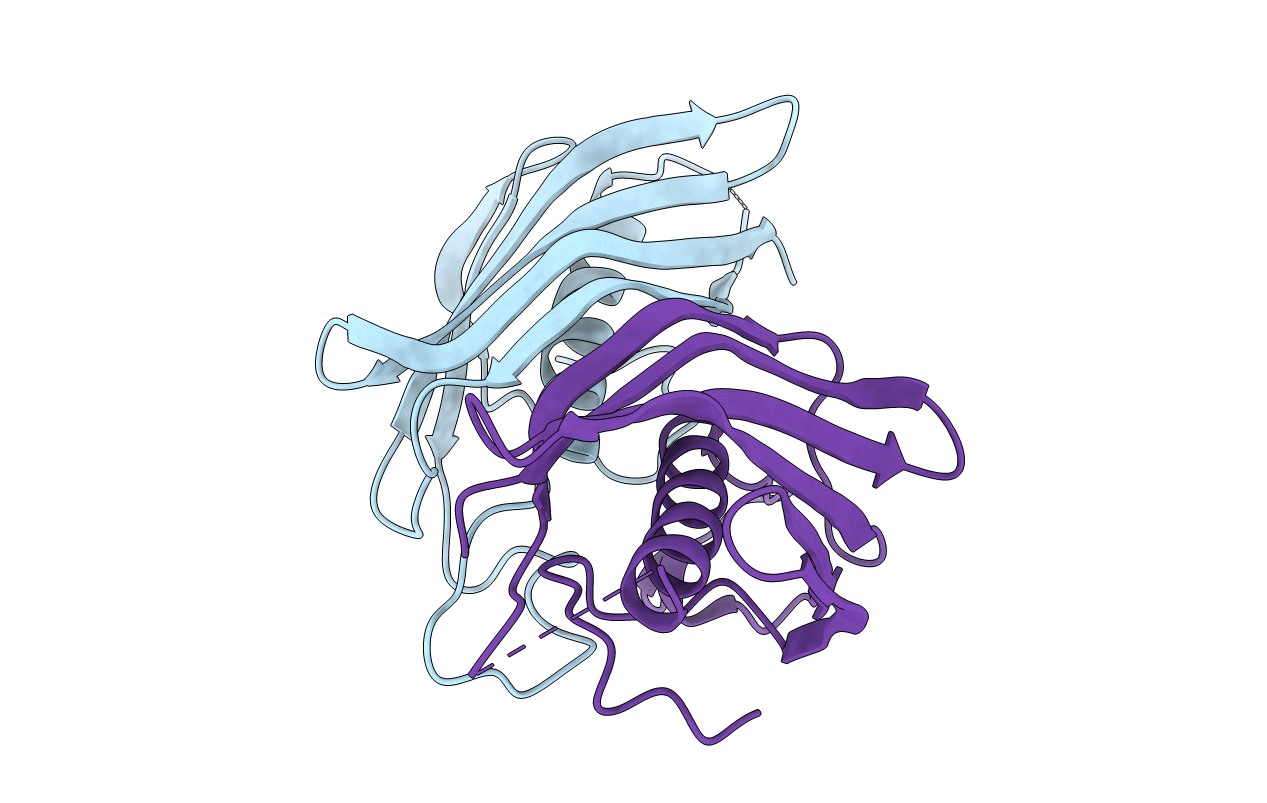
Deposition Date
2005-04-25
Release Date
2006-05-30
Last Version Date
2023-10-25
Entry Detail
PDB ID:
1ZHG
Keywords:
Title:
Crystal structure of Beta-Hydroxyacyl-Acyl Carrier Protein Dehydratase (FabZ) from Plasmodium falciparum
Biological Source:
Source Organism:
Plasmodium falciparum (Taxon ID: 5833)
Host Organism:
Method Details:
Experimental Method:
Resolution:
2.40 Å
R-Value Free:
0.24
R-Value Work:
0.22
R-Value Observed:
0.22
Space Group:
I 2 2 2


